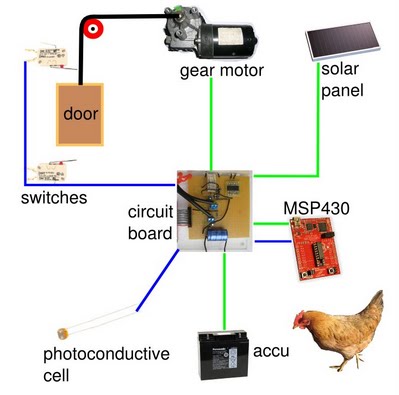

Sometimes you don’t need a lot of horsepower to win a speed record. In a fluke of no one else competing in the alt fuel class, [John]’s biodiesel motorcycle set a new land speed record at the LTA event last summer.
[John]’s bike is a junkyard 1978 Kawasaki KZ400. The stock engine was replaced with a Chinese knock off of a Yanmar air-cooled diesel motor. The fuel is regular old vegetable oil. From the looks of the exhaust, we’re assuming [John]’s garage has a rich french fry smell to it.
Compared to highway speeds, [John]’s runs for a land speed record are a little absurd – a nice bonus when you’re the only driver in your class. The first pass of 42 mph was a little disappointing, so [John] removed the fender, tail light and brakes. After all the unnecessary weight was removed, the top speed – and new record – was 56.5 mph.
Converting a diesel car to run on french fry oil is great and a lot better for the environment than burning liquefied dinosaurs. In any event, a green motorcycle is a lot better than 2000 pounds of automobile moving less than 200 pounds of person. Check out a few of [John]’s land speed runs after the break.
Continue reading “Sustainability Hacks: Bio-diesel Motorcycle Speed Record”


















